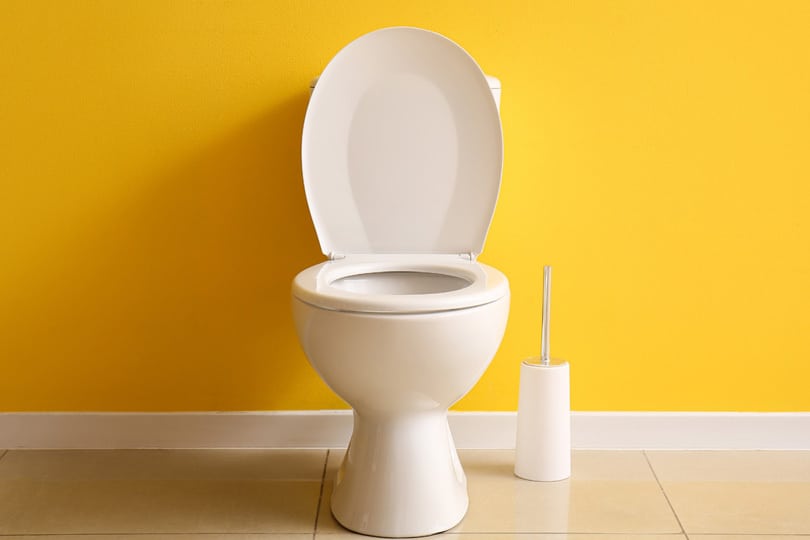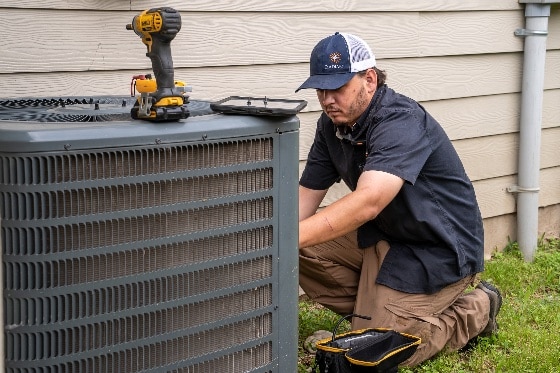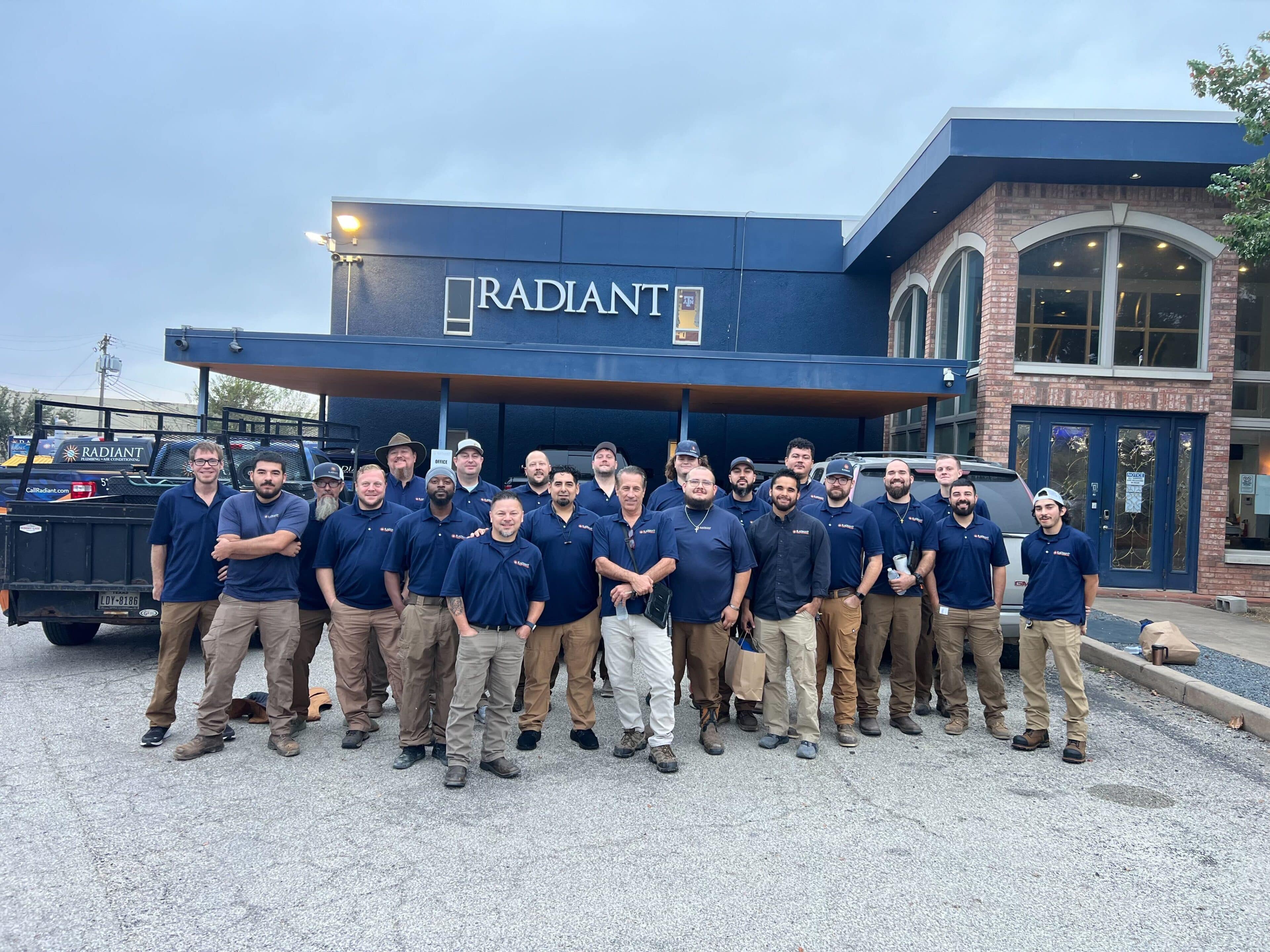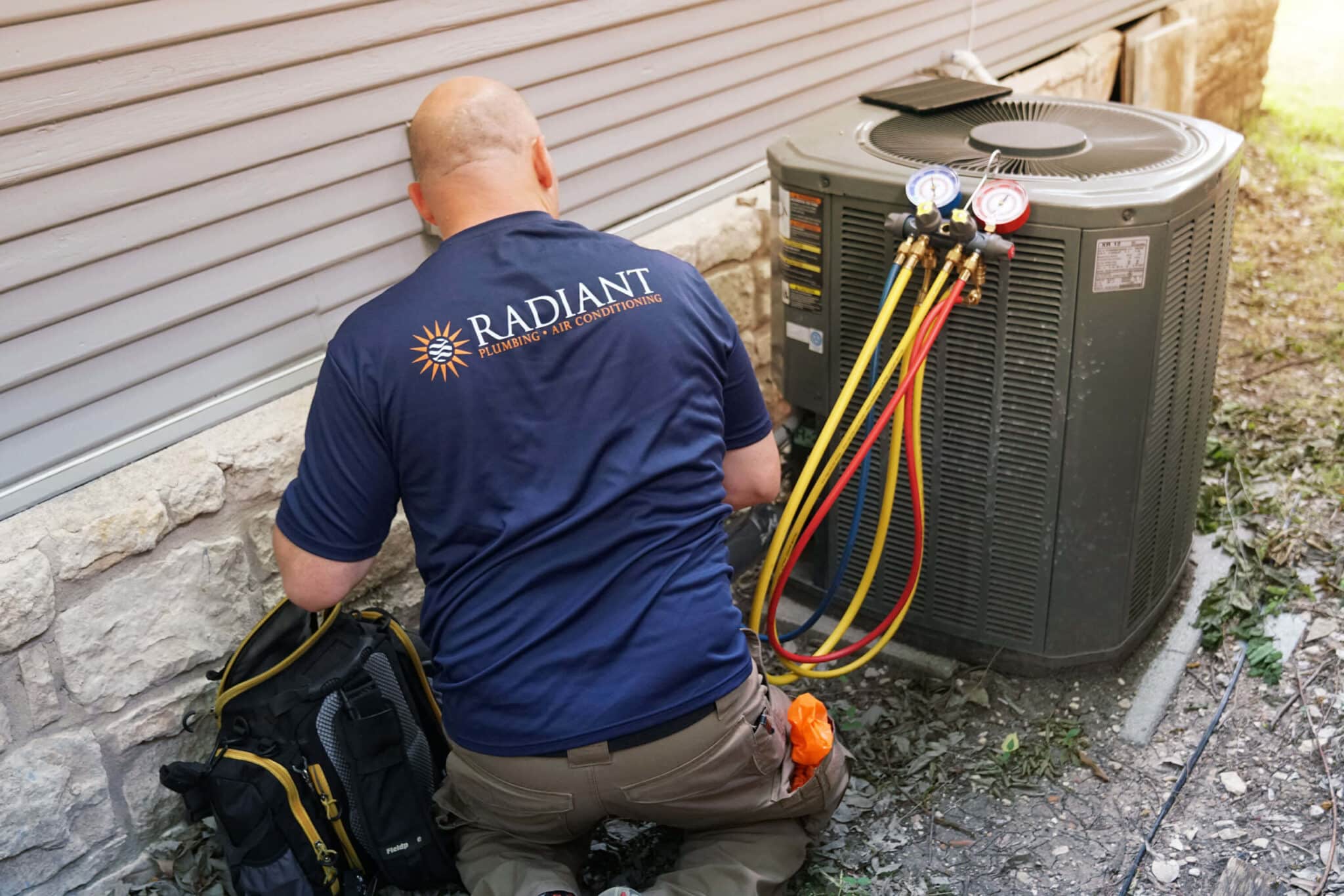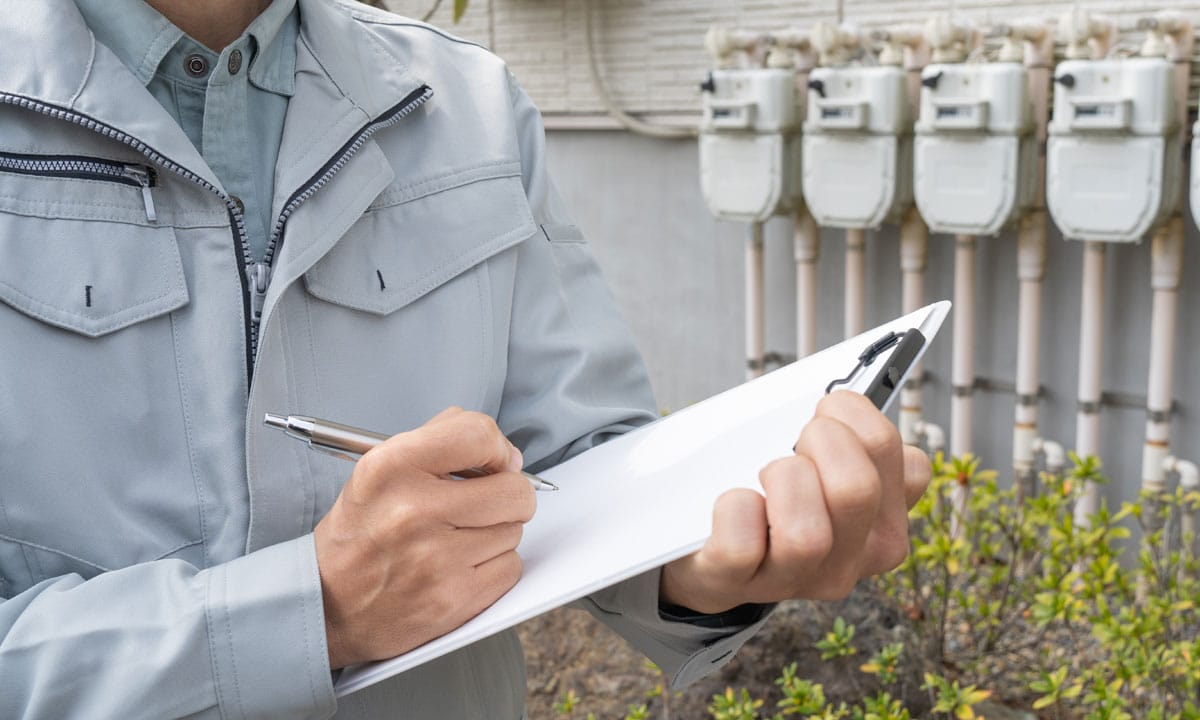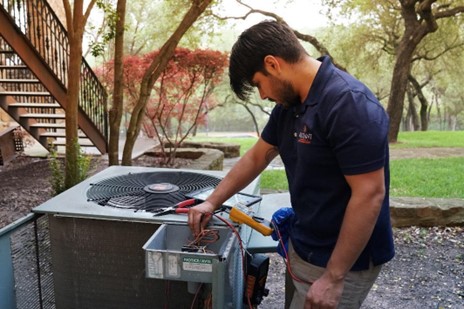Few plumbing issues cause more immediate panic than an overflowing toilet. Water spilling onto your bathroom floor isn’t just a messy inconvenience—it’s a full-fledged emergency that can lead to water damage, structural issues, and even health hazards if not addressed quickly.
At Radiant Plumbing & Air Conditioning, we know just how stressful this situation can be, which is why we’re here to help you understand what to do before the problem gets worse.
Table of Contents
Why Is an Overflowing Toilet a Plumbing Emergency?
A toilet overflow isn’t just about standing water—it’s what’s in the water that makes it a serious issue. Wastewater carries bacteria, viruses, and contaminants that pose a health risk to your household. Left unchecked, the moisture can also seep into flooring, baseboards, and walls, leading to costly repairs from mold, mildew, and rot.
If your toilet is overflowing and won’t stop, you need to act fast. Here’s what to do right away:
Step 1: Shut Off the Water
The first and most important thing you need to do is stop the water from flowing. Every toilet has a shut-off valve, usually located on the wall behind or next to the toilet. Turn this valve clockwise to cut off the water supply.
🔹 Can’t find the toilet shut-off valve? Locate your home’s main water shut-off instead. This is often in the basement, garage, or outside near the foundation. If you’re unsure where yours is, now is a great time to find and label it for future emergencies.
Step 2: Remove Excess Water
Once the water flow is under control, it’s time to clean up the mess. Use a wet-dry vacuum (if available) to remove as much water as possible. If you don’t have one, grab old towels or a mop and bucket to soak up standing water.
Be thorough—water that seeps into cracks or grout lines can lead to long-term damage.
Step 3: Sanitize the Area
After removing the water, it’s time to disinfect. Since toilet water can contain harmful bacteria, make sure to:
- Use a disinfectant cleaner or a bleach solution on all affected surfaces, including the floor, baseboards, and lower walls.
- Open windows or run a fan to improve ventilation and speed up drying.
- Wash or dispose of any towels used to soak up the water.
Step 4: Identify the Cause of the Overflow
A toilet overflow can be caused by several issues, including:
- Clogs: The most common culprit—often from excess toilet paper, wipes, or foreign objects.
- Sewer Line Backups: If multiple drains in your home are slow or backing up, the issue may be in the main sewer line.
- Malfunctioning Float Mechanism: If the toilet tank isn’t shutting off properly, water can keep flowing and cause an overflow.
If you can identify and safely clear the clog with a plunger, you might be in the clear. But if the problem persists, you’ll need a professional plumber to ensure it doesn’t happen again.
Step 5: Call Radiant for Expert Help
An overflowing toilet isn’t something to ignore. Even if you’ve managed to stop the immediate crisis, a professional inspection can prevent future plumbing nightmares.
At Radiant Plumbing & Air Conditioning, our expert plumbers are ready to respond quickly and resolve your issue for good. Whether it’s a simple clog or a sign of a bigger problem lurking in your sewer line, we’ve got you covered.
Don’t wait for the problem to get worse. Call Radiant today or schedule online for fast, professional plumbing service.

